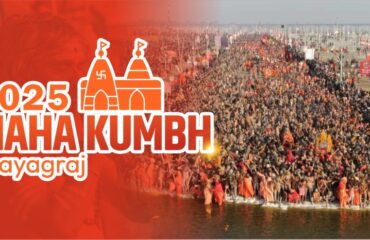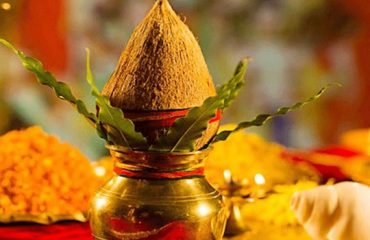
Simantonnayana is the traditional Indian baby shower. This ceremony has a different name according to which part of India your family roots originate. It has many different names Simanta Simantakarana, Seemantonnayan Godh bharai Khoro according to Hindu Scriptures. This ritual is for the mental development of the foetus) ‘Seemant’ – this vernacular word literally means brain, while ‘Utnayan’ literally means development. Another meaning literally means “parting the hair upwards”. This is one of the Shodasha Smaskara/Sanskaar. The significance of the ritual is to wish a healthy development of the baby and safe delivery to the mother. Traditionally this ceremony is performed on the first pregnancy. this ancient Hindu ceremony now in the west has a slight touch of western flavors but still, the core of this ceremony has not changed still it is to bless the mother-to-be and child within the womb, and asking for protection of them both. It is held in the 7th month of pregnancy, in some Hindu community it is held on the 8th month
After the Simantonnayana ritual and until the birth, the woman is expected to not overexert herself, her husband is expected to be by her and not to travel to distant lands.
Yåjñavalkya Smriti says that the desires of the pregnant woman should be satisfied for the healthy development of the baby, to prevent miscarriage and her health.
It is known since ancient times that the child in the womb adopts impressions from its surroundings and the behavior of his mother. The age-old story of Abhimanyu from the Mahabharata is confirmed by modern science. It is possible to pass on energy for the development of the body, mind, and soul of the child in the womb by listening to special music, reading books listening to stories. Even the ancient scriptures and Ayurveda prescribe music and mantras to be listened to during pregnancy. One can chant these very special prayer known as Grabha Raksha Stotram which are prayers for protection pregnant woman and the child within.
ehyahi bhagavan brahman prajäkartaù prajäpate |
pragåhëéñva balià saimaà säpatyaà rakña garbhiëém || 1||
açvinau devadeveçau pragåhëédhan balià tvimam |
säpatyaà garbhiëéà saimaà sa rakñatäà püjayänayä || 2||
rudreçä ekädaça proktäù pragåhëantu balià tvimam |
yakñägamaprétaye våttaà nityaà rakñantu garbhiëém || 3||
ädityä dvädaça proktäù pragåhëédhvaà balià tvimäm |
asmäkaà tejasäà våddhyai nityaà rakñatu garbhiëém || 4||
vinäyaka gaëädhyakña çivaputra mahäbala |
pragåhëéñva balià saimaà säpatyaà rakña garbhiëém || 5 ||
skanda ñaëmukha deveça putraprétivivardhana |
pragåhëéñva balià saimaà säpatyaà rakña garbhiëém || 6||
prabhäsaù prabhavaçyämaù pratyäsau märuto’nalaù |
dhruvädhara dharäçaiva vasaveñöau prakértitaù |
pragåhëéñva balià saimaà nityaà rakñatu garbhiëém || 7||
pitådevi pitåçreñöhe bahuputri mahäbale |
budhaçreñöhe niçäväse nivåtte çaunakapriye |
pragåhëéñva balià saimaà säpatyaà rakña garbhiëém || 8||
rakña rakña mahädeva bhaktänugrahakäraka |
pakñivähana govinda säpatyaà rakña garbhiëém || 9||



